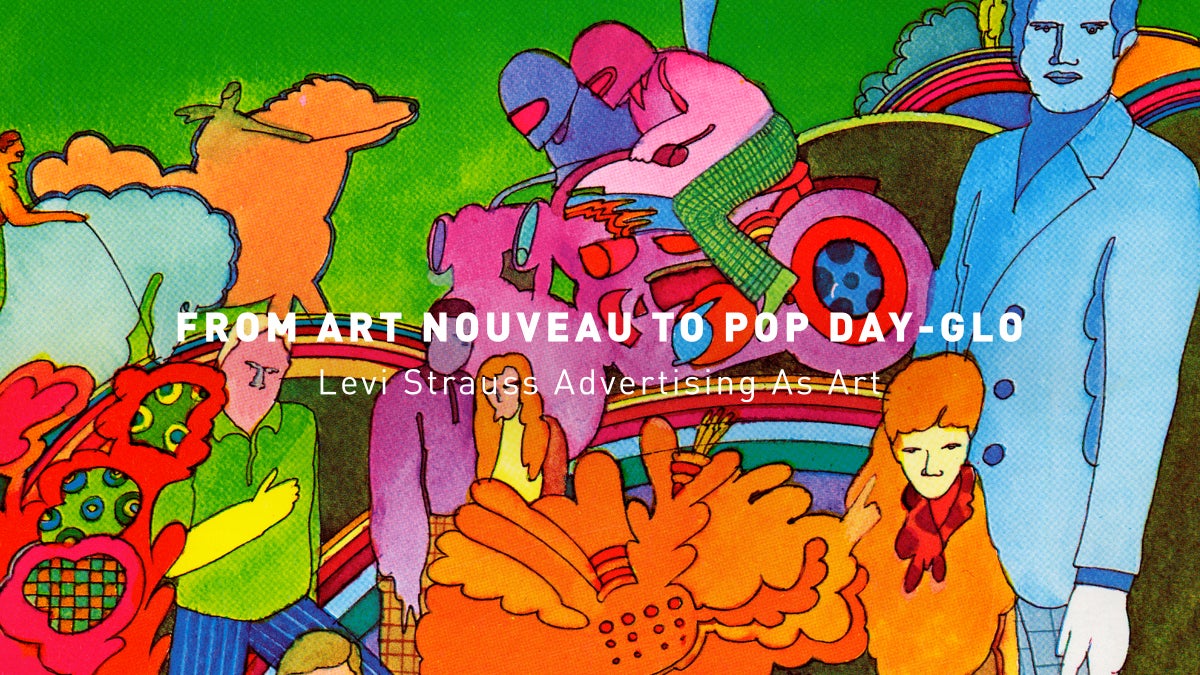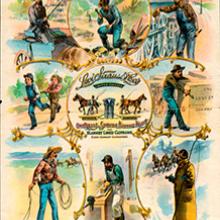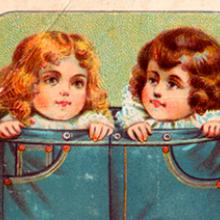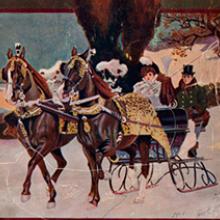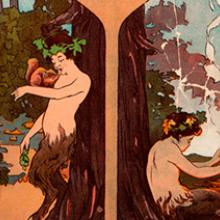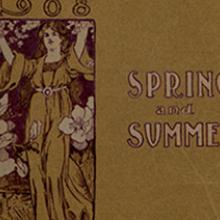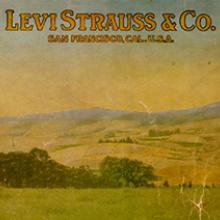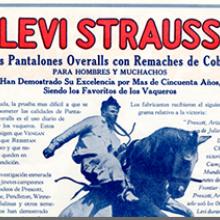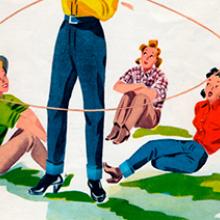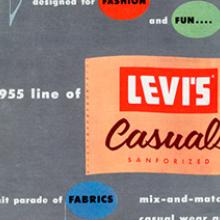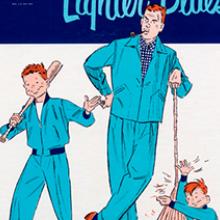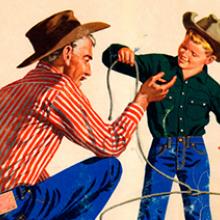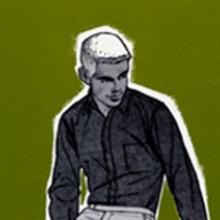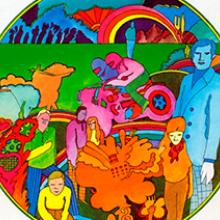From Art Nouveau to Pop Day-Glo: Levi Strauss Advertising As Art
From Art Nouveau to Pop Day-Glo: Levi Strauss Advertising As Art
Within a decade, colorful flyers with eye-catching graphics were in the hands of company salesmen and given to owners of small general stores all over the American West. Art Nouveau influences can be seen in the covers of the company’s catalogs, first printed in 1890. And as the Levi’s brand became more associated with the romance of the cowboy and the West, illustrations inspired by Western artists, such as Maynard Dixon, Frederic Remington, and others appeared in magazines, newspapers, and in stores as counter cards.Classic American illustration is presented in many forms, but is always recognizable. Bold colors, finely detailed drawings, and a nod to popular culture are the hallmarks of the design aesthetic adopted by fine artists, commercial illustrators, and designers. San Francisco’s own Levi Strauss & Co. took this to heart when it created and patented the first blue jeans in San Francisco in 1873.
Always aware of the changes in culture, Levi Strauss & Co. advertisements began to feature the postwar nuclear family in the years following the end of World War II. The teenager took over the world in the 1960s and 1970s, and there were also nods to the hippie and disco eras, particularly in posters.
From Art Nouveau to Pop Day-Glo: Levi Strauss Advertising As Art features many examples from the company’s archives of the varied catalogue covers, salesman’s flyers, calendars, and in-store advertisements from the 1890s to the 1970s.
©2012 by the San Francisco Airport Commission. All rights reserved.
